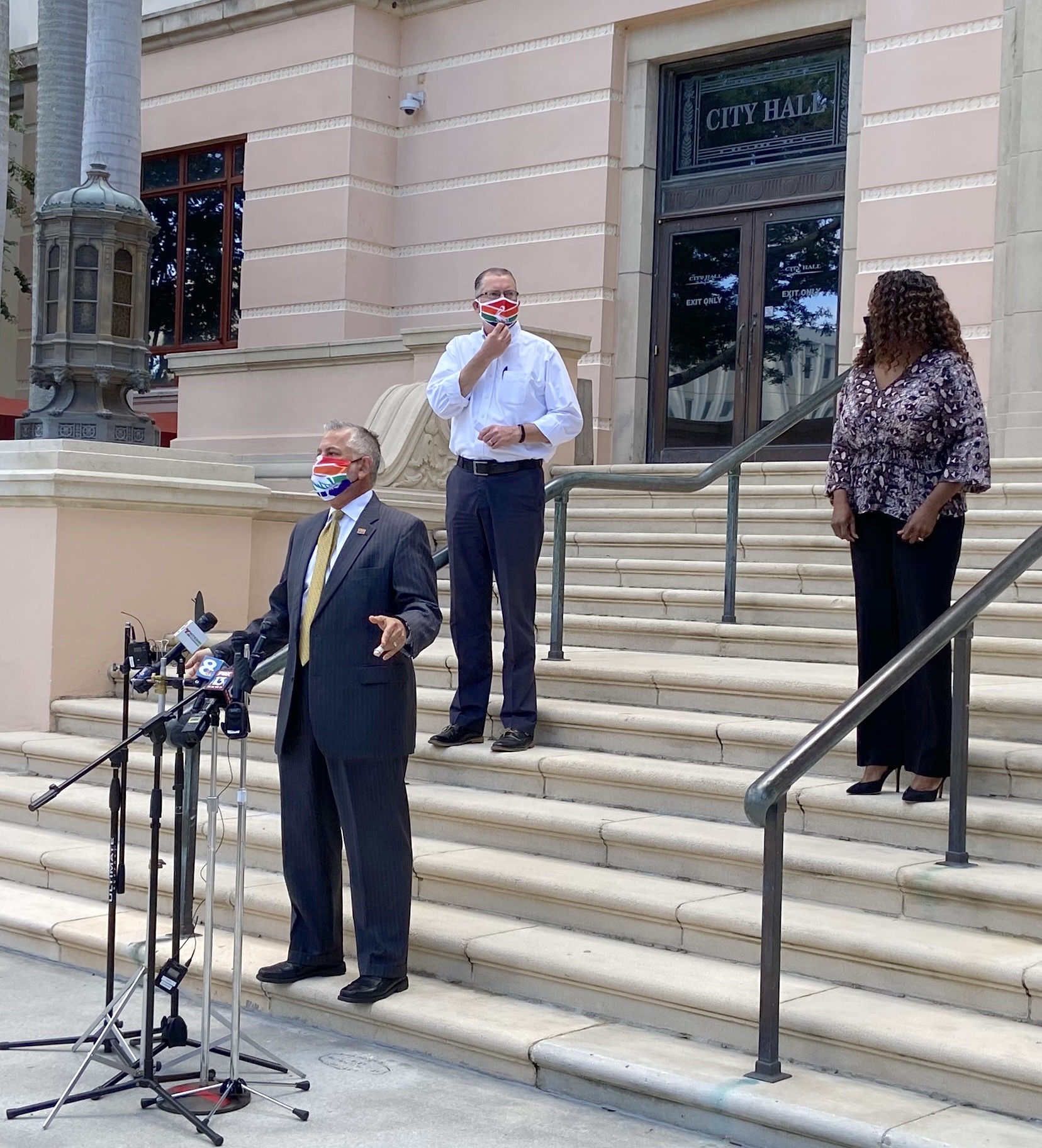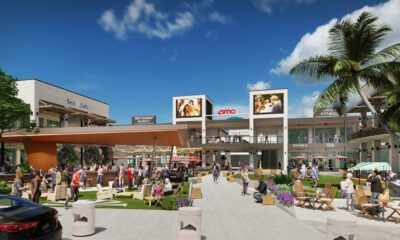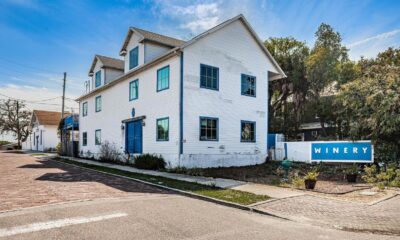Know
Developers get to take a swing at the Trop site

Housing that’s affordable, office space to attract and retain businesses, and university research and development operations top Mayor Rick Kriseman’s wish list for redevelopment at the Tropicana Field site.
The redevelopment also will honor the site’s history and provide opportunities for economic equity and inclusion, according to a request for proposals for the 86-acre site released Monday morning by the city of St. Petersburg.
The RFP culminates about five years of planning for a redeveloped site — one that may or may not have a new baseball stadium to serve as home field for the Tampa Bay Rays.
“When we get responses to the RFP, we are looking forward to seeing world class developers who are used to handling major projects that are generational in their impact,” Kriseman said.
Developers have until Jan. 15 to respond to the RFP. The city’s goal is to have an agreement in place with the selected proposer by the end of 2021.
“This is not a 30-day turnaround. This is a generational development. And this is our chance as a city to get it right for this community and that’s what we intend on doing,” Kriseman said.
The Rays’ lease at Tropicana Field extends through the end of the 2027 season, and the team has not yet said where it expects to play ball after that. Developers are asked to submit plans that would show a site both with and without a stadium.
Related story: Rays president names a date for a decision on 2028 play
Kriseman said the Rays were aware the RFP was being released Monday.
“We look forward to learning the details of the RFP,” the Rays said in a statement.
Community voices
The RFP speaks extensively to the history of the site. Prior to the construction of Tropicana Field in 1990, the property was a predominantly African American community with more than 2,000 residents, a public school, religious facilities and many businesses.
The RFP directs developers to refer to St. Petersburg’s Historic African American Neighborhoods, by Rosalie Peck and Jon Wilson, published by The History Press, and the history chapter of Where Have All the Mangoes Gone, by Sarah-Jane L. Vatelot, published by the St. Petersburg Press.
In her book, Vatelot describes how racial segregation became a matter of policy in the city and led to the displacement of the residents, businesses and sense of historic belonging.
Related: Book Launch: Where Have All The Mangoes Gone?
That history is critical, Kriseman said during a Monday morning news conference.
“There were a lot of promises made that were not fulfilled. It’s been our intent for the beginning of this process to make sure that the voices the community, that the history of the site, advise us and direct us as we move forward,” Kriseman said. “This is not where the city says we have 86 acres, developer you can come in and do whatever you want on the property. This is the city’s land and it is our intention to make sure that what we want to see on that site, what is important to us to have on that site, happens on that site.”
Honoring the site’s history is one of the 21 “guiding principles of development” in the RFP. Others include:
• Jobs, entertainment, mixed-income housing and family oriented places
• Jobs aligned with the Grow Smarter strategy, which targets high-skill, high-wage jobs in specific industries
• Continuous workforce development, including training and job placement
• Connection to transportation
• 50,000 to 100,000 square feet of conference space attached to a major flagship hotel
• Research, innovation and higher education use
• Child care facilities
• Booker Creek and Pinellas Trail as central features
• Significant contiguous park and public gathering space
• Arts & culture
• Small business and small independent retail
• Smart cities technologies, Health in All policies, and strategies to integrate Complete Streets and sustainability
Reconnections
An appraisal of the property is underway and should be completed in fall 2020, the RFP said. The site is located in an Opportunity Zone, a designation that could attract investors looking to defer or reduce federal capital gains tax liabilities, and the city and Pinellas County have approved $75 million in Tax Increment Finance (TIF) funding earmarked for infrastructure improvements.

A view of Tropicana Field, looking west.
The St. Pete Catalyst asked Kriseman how the Covid-19 pandemic might change the economics of this type of real estate development project. Telecommuting and working from home potentially could reduce the demand for office space, but the need to socially distance while at work also means companies might need more office space, not less.
“I don’t think the interest has waned from the development community about this city,” Kriseman said. When he talks with the St. Petersburg Area Economic Development Corp., he said he keeps hearing that companies still are interested in the city.
He said the project is “on the radar” of University of South Florida, University of Florida and Johns Hopkins University, which has a local presence at nearby Johns Hopkins All Children’s Hospital. The site also is an opportunity for companies already in the Tampa Bay area to relocate their business if they have outgrown their current location.
The Trop site expands the boundaries of downtown St. Pete and likely will expand downtown’s link to south St. Petersburg.
“What’s also exciting is the opportunity to reconnect this site with the rest of the city that historically has been split by I-175. We’re studying right now with the Department of Transportation the possibility of peeling some of that back and reconnecting the community,” Kriseman said.
If the city doesn’t sign an agreement with a developer until the end of 2021, Kriseman will have only a short time remaining in his second four-year term as mayor, which ends in January 2022 because of term limits.
He was asked if the next administration should weigh in on the selection
“I was hired by the voters of this city … It’s a four-year term. It’s not a three-year term. It’s not a three-year, six-month term. It’s a four-year term, and I plan on working until the day they tell me I have to leave the office,” Kriseman said.








S. Rose Smith-Hayes
July 27, 2020at11:40 pm
Step One: Put the ‘Trop’ location back into the Southside CRA